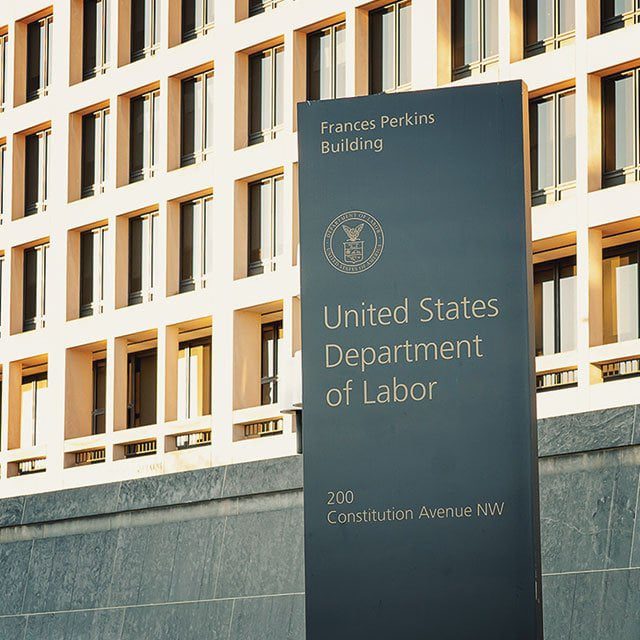DOL Greenlights Broader ESG Use in 401(k) Plans

“This is a core tenet of fiduciary duty and enables plan fiduciaries to act in their beneficiaries’ best interests to consider and minimize portfolio risk,” Behar says. “Ignoring climate change, racial injustice, abuse of worker’s rights and poor governance in employees’ retirement assets doesn’t make that risk go away.”
Andy Banducci, senior vice president of retirement and compensation policy at the ERISA Industry Committee, also shared a statement celebrating the DOL’s final rule. He notes that the ERISA Industry Committee has long urged regulators to provide retirement plan fiduciaries with clear and consistent rules on retirement plan investment selection.
“We warned DOL last year that its proposal threatened to create confusion by unduly emphasizing specific factors for fiduciaries to consider, by creating an unnecessary tiebreaker rule, and by leaving significant operational questions unanswered,” Banducci writes.
According to Banducci, the new final regulations partially respond to these concerns, in that the DOL has clarified that the final rule does not establish a mandate to consider any specific factor in every circumstance or put a thumb on the scale when selecting investments.
“While DOL retained the proposal’s confusing tiebreaker rule, it removed an unnecessary and burdensome documentation requirement,” Banducci says. “We are continuing to review this complex final regulation with our member companies and will urge DOL to further clarify and provide flexibility as necessary.”
Lazaro Tiant, sustainability investment director at Schroders, tells ThinkAdvisor his firm continues processing the details of the finalized ruling, but he is pleased to see that the spirit of the initial proposed guidance has remained consistent in its final form.
“We recognize that the DOL considered a significant number of comments, and we feel that they were able to make the appropriate adjustments to provide further clarity,” Tiant says. “There are also new details in the rule, such as a provision that allows for the consideration of participant preferences, highlighting a potentially significant change for retirement plans going forward.”
Overall, Tiant says, understanding the nuances of ESG-related factors helps give investors a fuller perspective of risk and return, and the firm looks forward to working with retirement plans on providing education to support their efforts to put the provisions of the new rule into practice.






